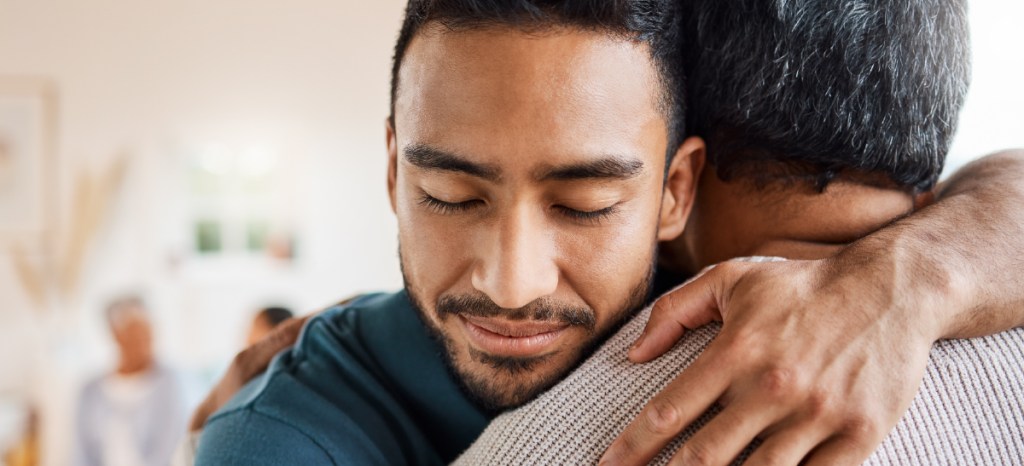Minority Mental Health Awareness Month

By Bridget Ryan, Diversity, Equity, and Inclusion Student Advisory Board
My name is Bridget, and I am writing this post on behalf of the Diversity, Equity, and Inclusion Student Advisory Board (DEISAB), which was founded by Dr. LaToya Flowers-Roe to create a safe space for the Counseling@Northwestern community to gather with diversity, equity, inclusion, and justice at its center.
As part of our mission to raise awareness, challenge biases, and build a more equitable community, we are excited to observe and honor Minority Mental Health Awareness in July.
According to the U.S. Department of Health and Human Services Office of Minority Health, “National Minority Mental Health Awareness Month is observed each July to bring awareness to the unique struggles that racial and ethnic minority communities face regarding mental illness in the United States.”
Racial and ethnic minorities in the United States face poorer mental health outcomes, cultural stigma, difficulty accessing mental healthcare, and poorer quality of mental health care. The COVID-19 pandemic has exacerbated these existing disparities and made it even more difficult to access these resources.
Statistics about minority mental health:
- One study shows that physicians were 23% more verbally dominant and engaged in 33% less patient-centered communication with Black patients than white patients.
- Although rates of mental illness in some BIPOC populations are sometimes comparable to or slightly lower than the rates in the white population, BIPOC often experience a disproportionately high burden of disability from mental disorders.
- Although rates of depression are lower in Black (24.6%) and Hispanic populations (19.6%) than in white populations (34.7%), depression in Black and Hispanic populations is likely to be more persistent.
- People who identify with two or more races (24.9%) are most likely to report any mental illness within the past year compared to any other race/ethnic group.
- Native and Indigenous Americans report higher rates of post-traumatic stress disorder and alcohol dependence than any other ethnic/racial group.
- Compared to white people with the same symptoms, Black people are more frequently diagnosed with schizophrenia and less frequently diagnosed with mood disorders.
- Native and Indigenous American adults have the highest reported rate of mental illnesses of any single race-identifying group.
- LGBTQ+ populations are 2.5 times more likely to experience depression, anxiety, and substance abuse disorders than heterosexual individuals.
- The rate of suicide attempts for LGBTQ+ youth is 4 times that of heterosexual youth.
- Transgender individuals who identify as African American/Black, Hispanic/Latino, American Indian/Alaska Native, or multiracial/mixed race are at increased risk of suicide attempts than white transgender individuals.
- 39% of LGBTQ youth seriously considered attempting suicide in the past 12 months, with more than half of transgender and nonbinary youth having seriously considered.
- Adults with disabilities report frequent mental distress almost 5 times as often as adults without disabilities.
- 55.6% of those with cognitive and mobility disabilities reported mental distress.
The U.S. Department of Health and Human Services Office of Minority Health offers additional minority mental health resources, including a Behavioral Health Implementation Guide for the National Standards for Culturally and Linguistically Appropriate Services in Health and Health Care. This guide lays out standards that can be used by healthcare providers to make their services more inclusive, effective, and equitable for minority populations.
The Substance Abuse and Mental Health Services Adminsitration advocates for behavioral health equity, which it describes as “the right to access quality health care for all populations regardless of the individual’s race, ethnicity, gender, socioeconomic status, sexual orientation, or geographical location. This includes access to prevention, treatment, and recovery services for mental and substance use disorders.”
As counselors, we have a duty to be aware of and actively work to create a more equitable environment in mental health care, reduce these disparities, and move toward behavioral health equity. Failing to consider clients’ unique cultural and racial backgrounds in practice can be detrimental to their mental health, lead to poor treatment outcomes, and create behavioral health disparities. Cultural humility and education in cultural competency are essential in reducing and eliminating disparities in behavioral health.
We observe this month to address the disparities that marginalized communities often face and offer pathways to learning to create a more culturally sensitive and inclusive environment.
References
American Psychiatric Association. (2022). Mental health disparities: Diverse populations.
Cree, R. A., Okoro, C. A., Zack, M. M., & Carbone, E. (2020, September 11). Frequent mental distress among adults by disability status, disability type, and selected characteristics – United States 2018. Morbidity and Mortality Weekly Report (MMWR), 69(36), 1238–1243.
Mental Health America. (2022). Racism and mental health.
Substance Abuse and Mental Health Services Administration. (2022). Behavioral health equity.
The Trevor Project. (2019). 2019 National survey on LGBTQ youth mental health, (PDF, 868 KB).
The Trevor Project. (2022). 2022 National Survey on LGBTQ Youth Mental Health.
U.S. Department of Health and Human Services Office of Minority Health. (n.d.-a). National Minority Mental Health Awareness Month.
U.S. Department of Health and Human Services. Office of Minority Health (n.d.-b). Behavioral health implementation guide for the national standards for culturally and linguistically appropriate services in health and health care (PDF, 418 KB).

